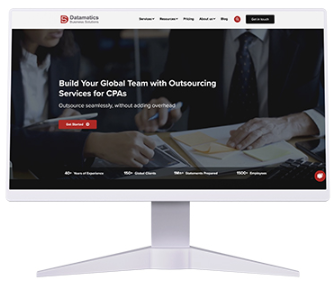Ever wondered what’s the most demanding aspect of any business? Demand!!! Yes, the business has to either cater to the existing demand or create more new demand to succeed. Comparatively, creating new demand is a far more challenging aspect. Here’s a strategic outlook to demand generation:
Demand generation involves a wide range of activities aimed at creating a demand for your product/service. It basically starts from creating brand awareness, placing the brand in the right market segment and then creating an interest among the probable buyers and ultimately converting them into customers. What makes it different from the typical marketing campaigns is that Demand Generation aims at long-term customer acquisition.
Beyond Inbound Marketing:
Demand generation expects a seamless collaboration between the sales and the marketing team. This will ensure that their goals are aligned to customer acquisition for the long term. It involves creating engaging content, social media marketing, email list promotions and all other inbound marketing strategies. Yet, demand generation is not all about inbound marketing. Demand generation starts from pre-purchase which is covered by the identifying the right market or audience, designing the right outreach strategy campaign calendar outreach mechanics, creating the content and finally content marketing. It continues during the purchase, whether online or offline. It continues beyond the purchase, through customer service, surveys, loyalty programs etc. But it is only one of the major activities involved in demand generation.
Sales & Marketing Teaming Up:
Marketing activities such as PPC, emails, paid advertisements and posts form an integral part of demand generation. Again, as we mentioned earlier, lead generation is only one aspect of demand generation.

Demand generation involves identifying potential leads using data analytics and nurturing them diligently. Demand nurturing takes time to yield but it brings in rich leads that convert into valuable long-term customers.
Personalization:
Thanks to the cut-throat competition, it takes more than being customer-centric in your marketing approach. The technologies available now let you to offer a personalized experience to your customers which, if succeeds, will prove worthy. Personalize the content, campaigns and customer experience to make them feel the difference. Personalization and recommendation save the customers considerable time and also offers better service. Personalization helps ease customer service too. In fact, it is one aspect which spans from the pre-purchase to post-purchase phases of customer engagement. The fact that personalization helps convert 1.5 times better increases its popularity among businesses.
Quality lead generation remains the biggest challenge for businesses and this can be achieved only through a wider and wiser strategic outlook. Demand generation aligns with lead generation and uses key marketing and sales strategies along with the most trending technologies such as Artificial Intelligence, Machine Learning etc. Technology Business Intelligence (BI) tools such as CRM, Marketing Automation, Account-based targeting, CMS, Project Management tools etc form the basis for determining the demand generation strategies.

Raajiv Sachdeva


